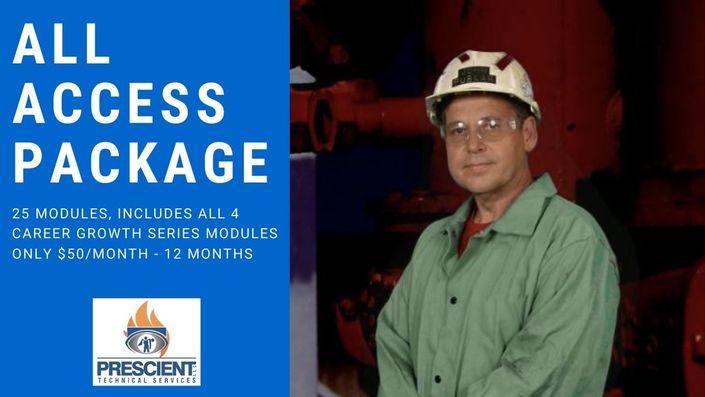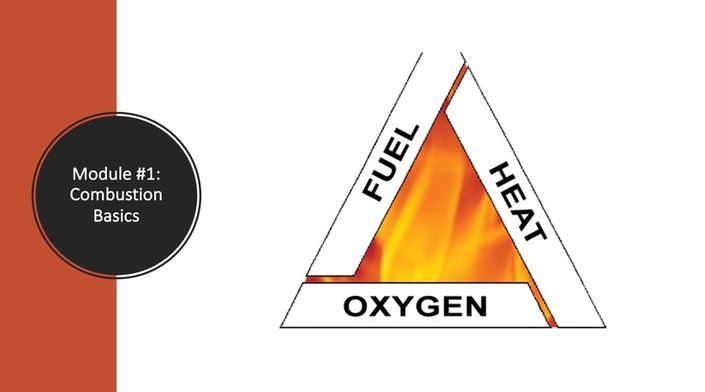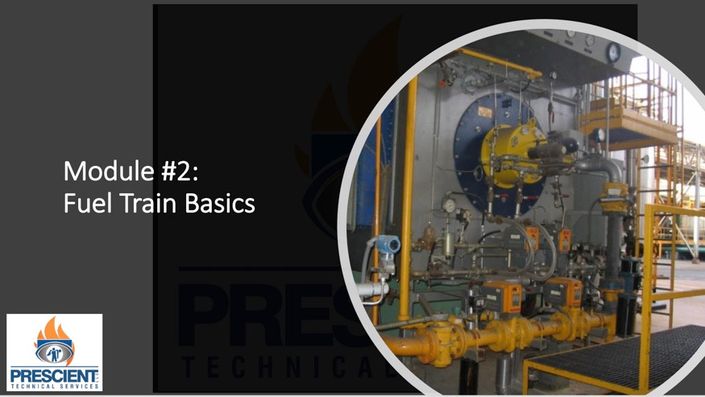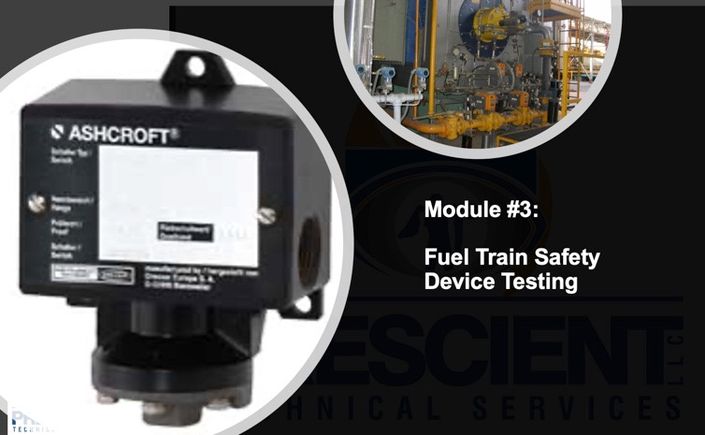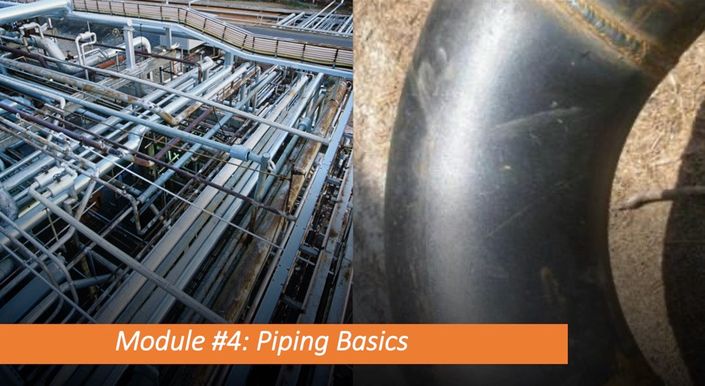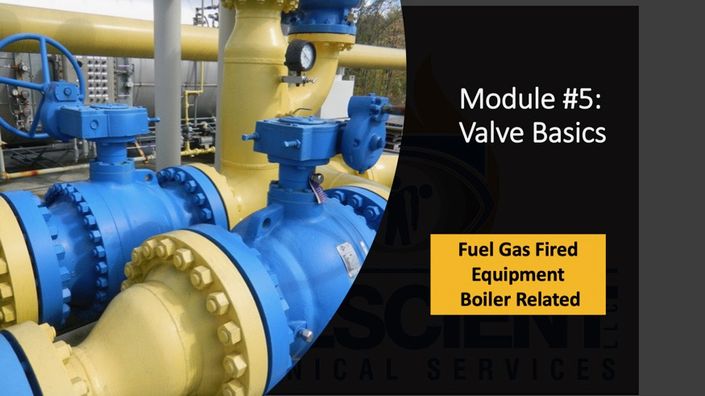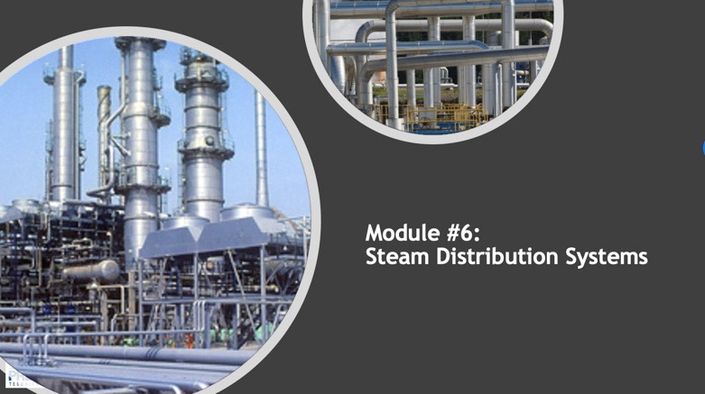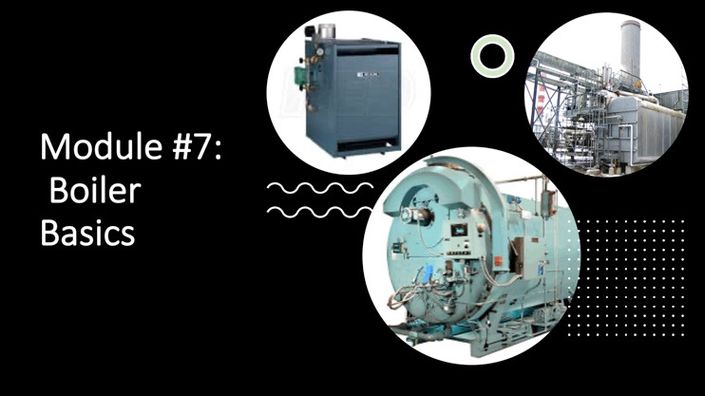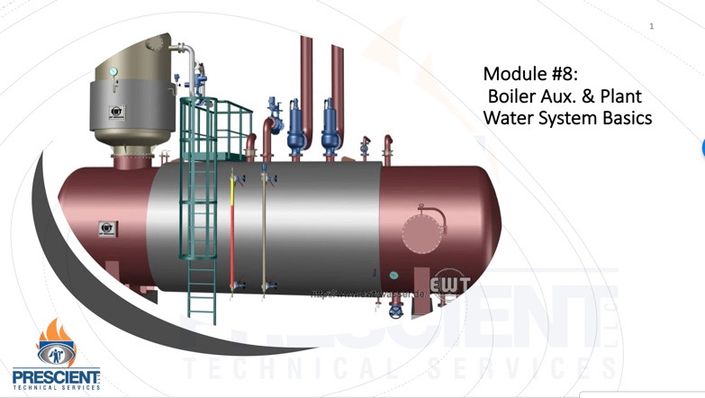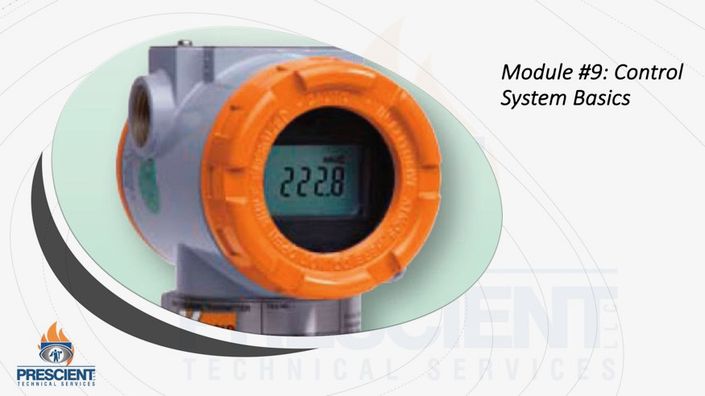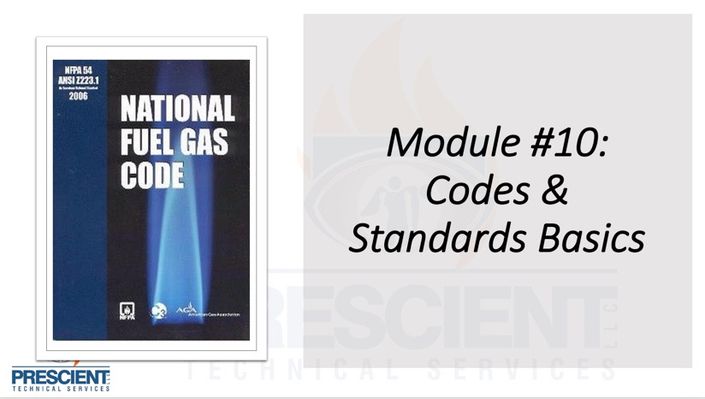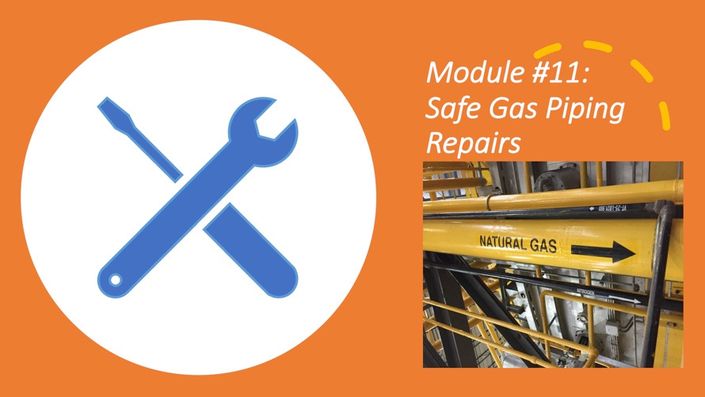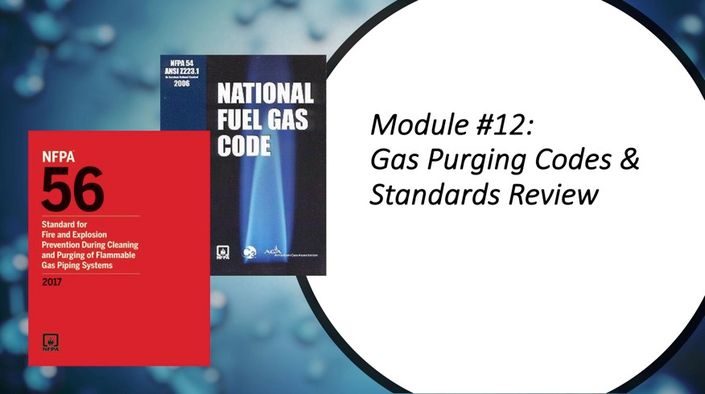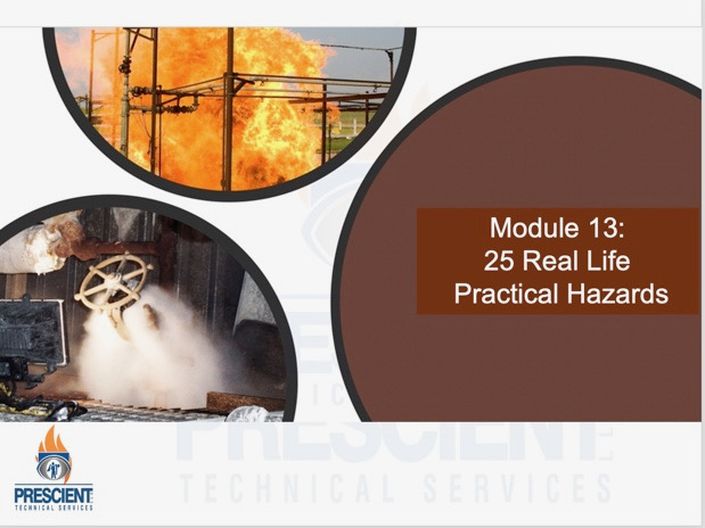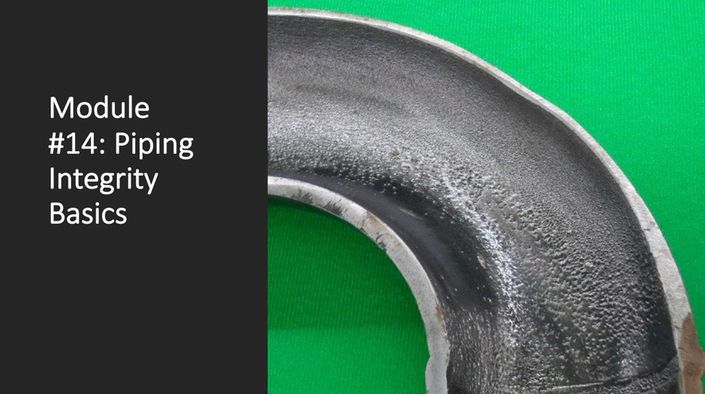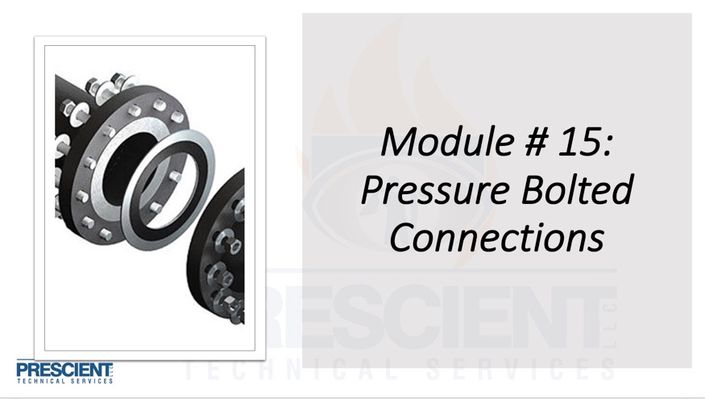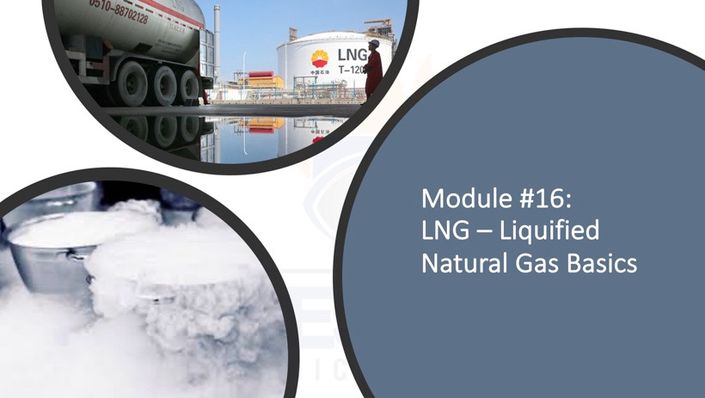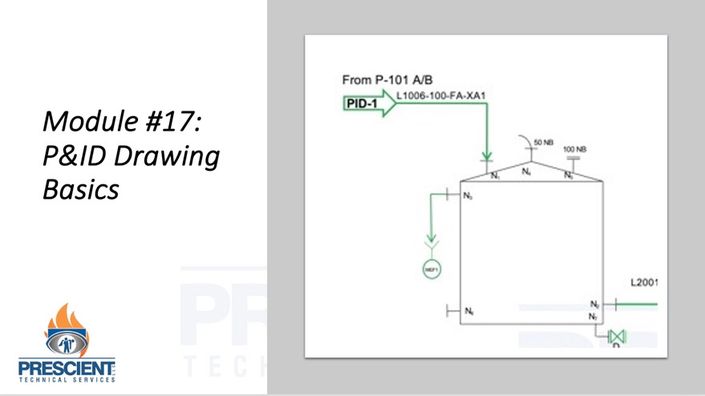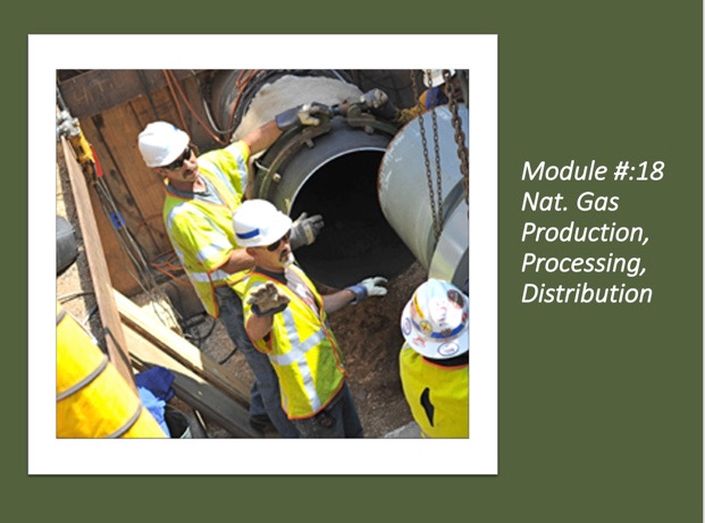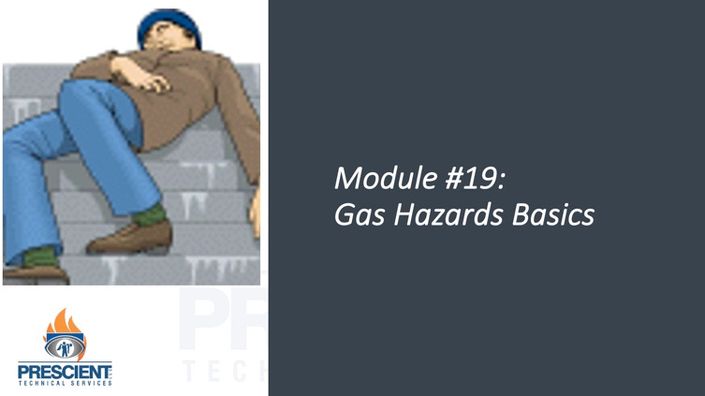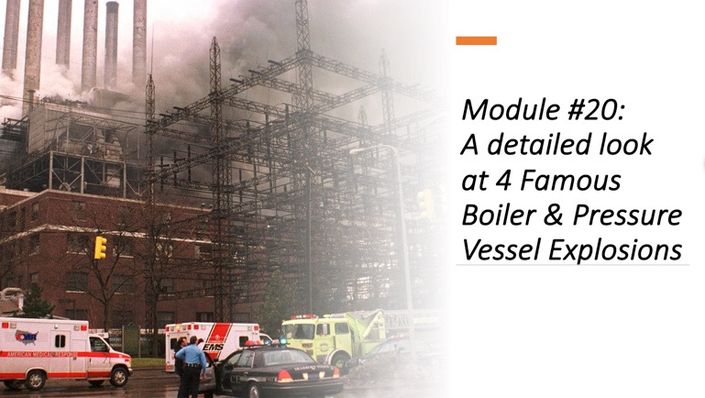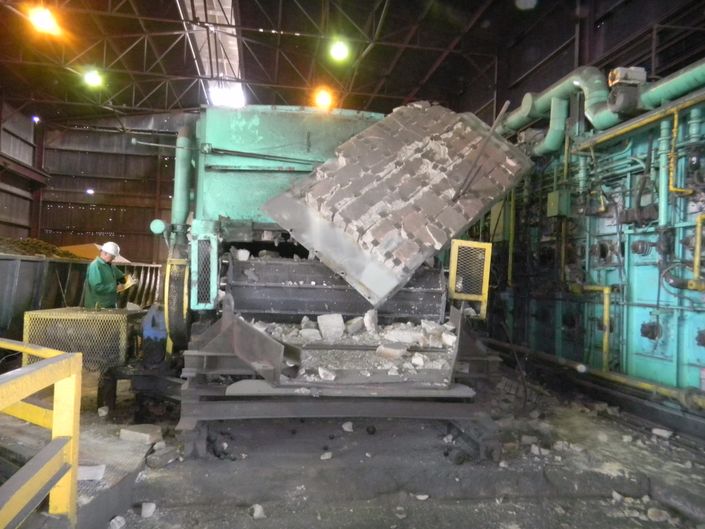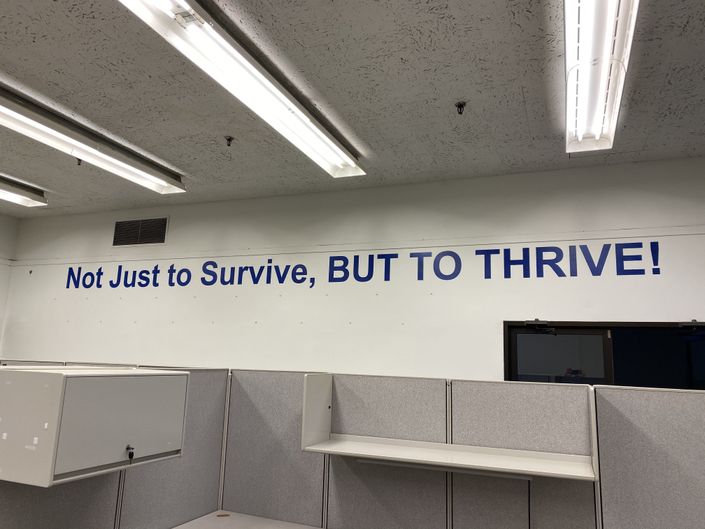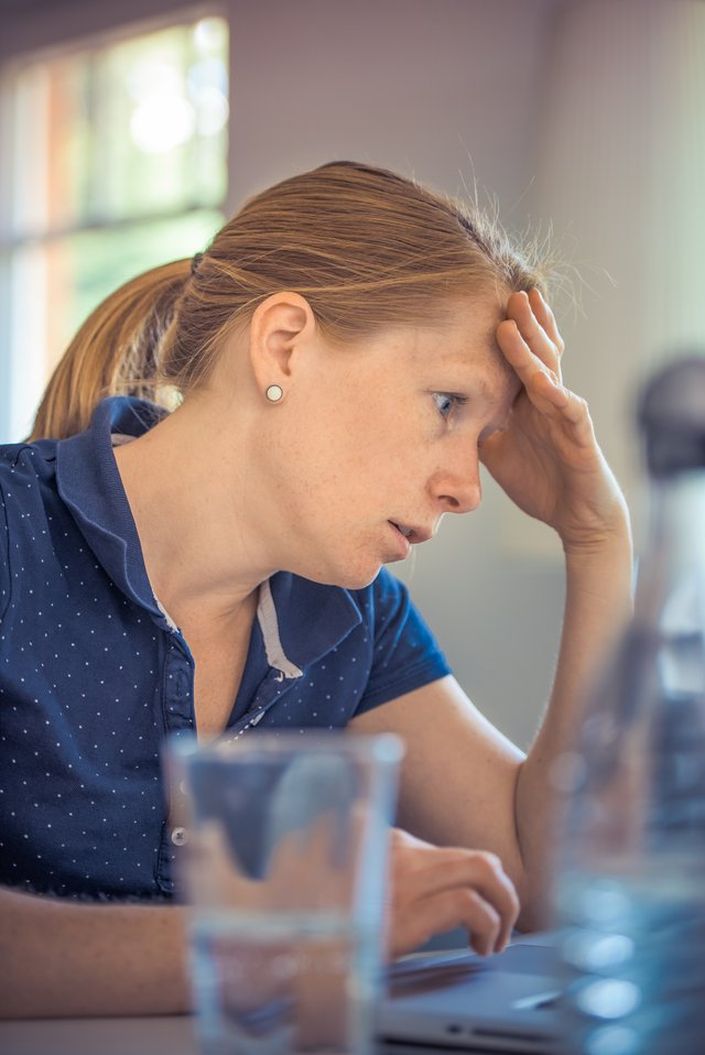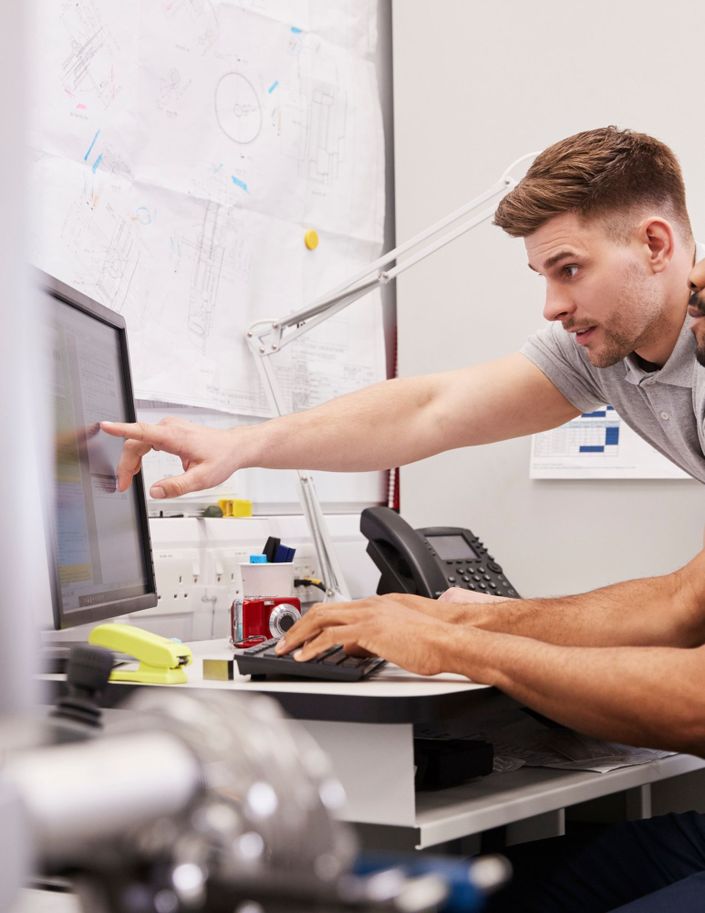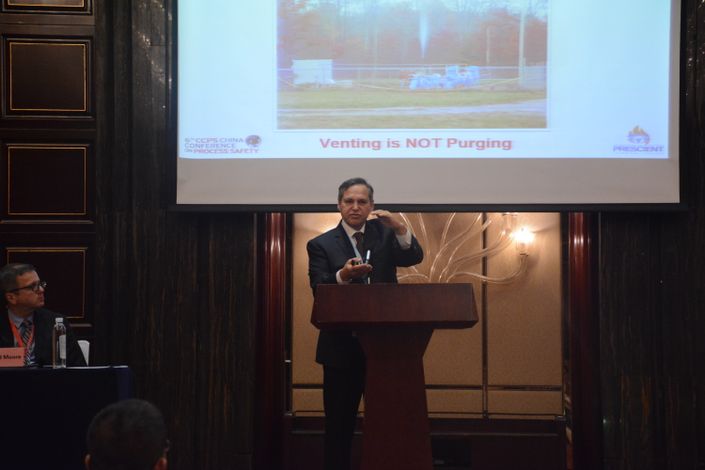
Simple and effective explanations from someone who has been at this for over 40 years, who has been to more than 300 industrial plants, and has trained thousands all over the world. Money back guarantee, you will be pleased and see value!
20 Things You Will Learn
1. Overall plant water cycle overview: supply, users, consumers, discharge issues – POTW publicly owned treatment works and storm.
2. How to construct a plant water balance diagram, what needs to be on it, different classifications of systems to represent.
3. Flow of water through 7 different treatment and conditioning steps for a typical facility and a detailed look at each step.
4. Boiler water requirements and what the major contaminants and considerations are, (what the contaminants do that are not desirable).
5. Boiler blowdown, how it’s done, and why? Surface blowdown versus bottom blowdown discussed.
6. The role of basket strainers and sand filters, including regeneration and backwash cycles.
7. Raw water, surface water, well systems, clarifiers and turbidity removal.
8. Ion exchange systems (4 different types): softeners, demineralizers, dealkylizers, and condensate polishers.
9. The basics of different ion exchange beads, how they work, how they regenerate (elute and regeneration cycles).
10. Things that can go wrong with ion exchange systems, losing beads, broken beads, regen cycles.
11. Boiler tube scale, different types, loss of efficiency, and tube failures.
12. Reverse Osmosis, (RO systems), explained including permeate and concentrate and rules of thumb for operation.
13. Deareator’s, (two different types), spray type and tray type, how they work.
14. Important deaerator performance criteria, (PPB – parts per billion oxygen levels)
15. The role of condensate receivers versus deareators
16. Chemical feed systems for water treatment, how the special pumps work
17. Chemicals that are used, oxygen pitting, and corrosion coupons
18. Testing and measuring your contaminants and chemical residuals to understand and manage proper levels of usage.
19. The importance of monitoring discharges, industrial surveillance by POTW’s
20. Pretreatment systems, their possible need, and how they can save sewer costs.
Example Curriculum - 68 minutes of content, w/o quizzes
Follow Water from any Source to the Boiler
Every step of water conditioning and the equipment involved is explained along with industrial waste discharges. The overall intent is that you have a solid overview of what's happening and why and you have lots of first hand practical information that can keep you out of trouble,


